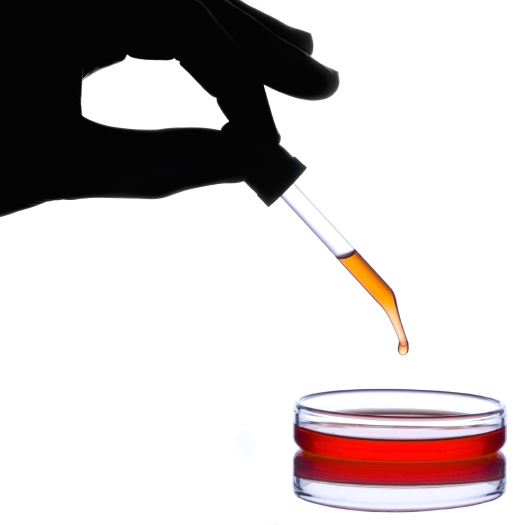[ February 2018 Update: The IoT Scorecards add on to my IoT Solution Framework has been discontinued. Lack of time to dedicate to this endeavor and the speed at which the IoT market has been evolving makes my initial work obsolete. ]
Over the past 2 years I’ve developed a picture of what almost any IoT Solution, or IoT Application, must have as the various technology bits and pieces. I first created this IoT Solution Framework while working with potential partners as a way to set a foundation for exploring IoT partnerships and explaining where their stuff fit and where my stuff fit. Eventually, I started to use this framework to compare IoT vendors and understand where they fit in the bigger picture of the IoT market.
By IoT Vendors I’m referring to companies that are selling technology that is used to build an IoT Solution, like a smart thermostat, or a connected machine. I’m not referring to companies that are selling the smart thermostat or the connected machine, though they are building an IoT Solution which is will match some or all of my framework.
After sharing this general framework with a few people from my network, it appeared that my framework filled a gap in the IoT market. I’ve refined the framework a bit more and recorded this video presentation to be able to share it publicly. So, as a way of launching the latoga labs YouTube channel, here is my Anatomy of an IoT Solution:
I’ve taken this framework and applied it to various IoT Vendors that I’ve been talking to over the past few months. That developed into the IoT Vendor Scorecards that I have started to share in the IoT Lab. The scorecards are designed to give you a quick view of how different IoT Vendors compare based on the seven areas of my IoT Solution Framework. This is not a deep technical overview of these vendors, but a higher level abstraction that allows business and technology executives to discuss their IoT Solution within a common framework.

The current list of IoT Vendors is just a sample based on my recent activity and I expect this list to grow (it has been highly focused on the software side of IoT to date). I’m working through a more detailed scorecard for each as my time allows. I’ll be updating the list as I publish those scorecards and post updates on the blog.
What part of the framework do you like the most? What part do you disagree with the most? What areas need further explanation? Who are the important vendors that you think are currently missing from the scorecard list? Please let me know by sharing a comment.
If you represent an IoT vendors, on my list or not, and want to chat please contact me directly.
Borrowing a line:
If you like my scorecard concept…please share them with your friends and colleagues.
If you hate my scorecard concept…please share them with your enemies and competition.


